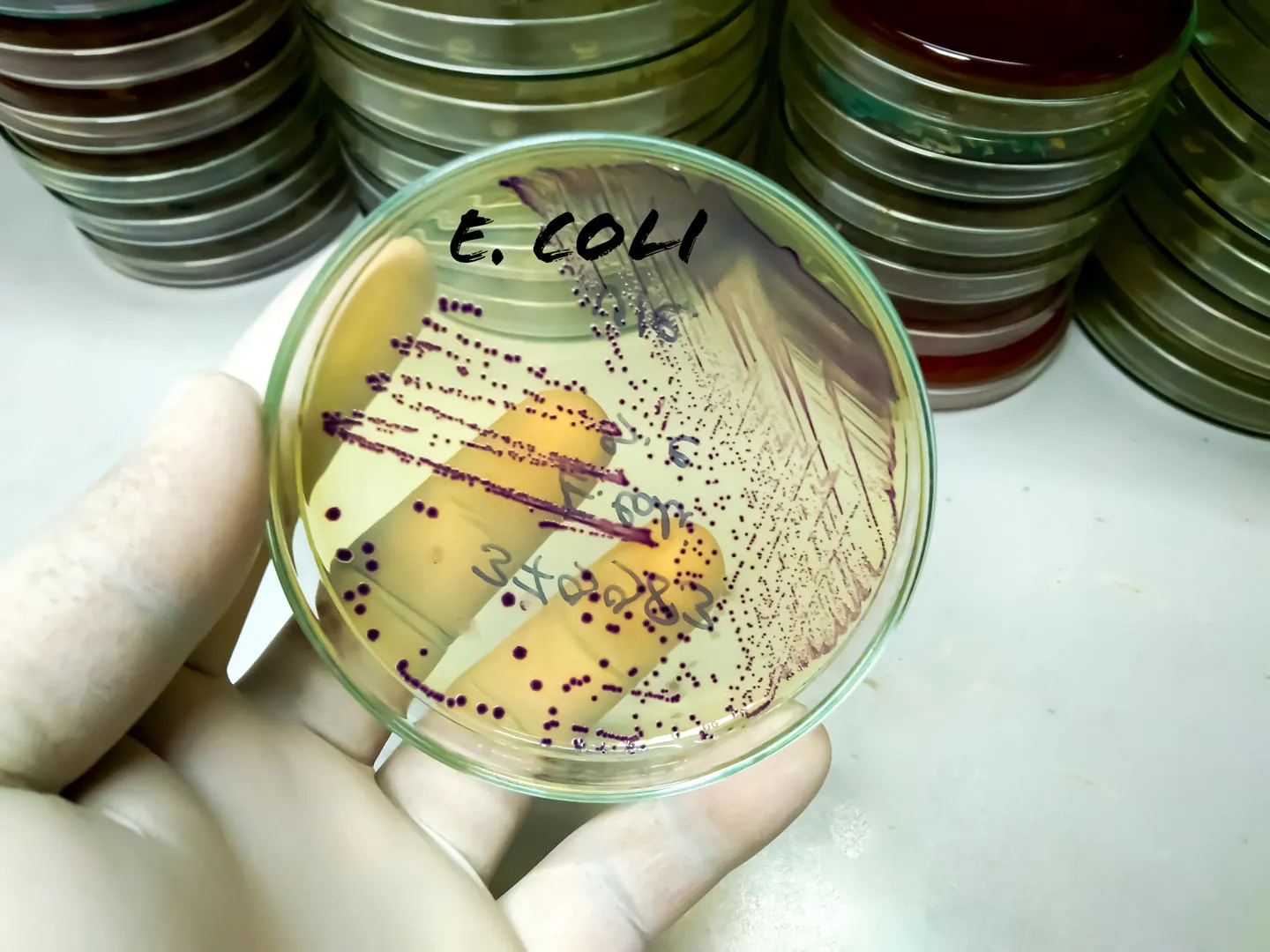Reviewed by Lexie CornerMay 7 2025
Researchers at the University of Birmingham have identified key genetic sequences involved in a process called plasmid curing, which aims to remove or “displace” antibiotic resistance genes from bacteria.
 Plasmids can ‘displace’ antibiotic resistance genes from bacteria. Image Credit: University of Birmingham
Plasmids can ‘displace’ antibiotic resistance genes from bacteria. Image Credit: University of Birmingham
Plasmids are small, circular DNA molecules that help bacteria rapidly share advantageous traits, most notably, genes for antibiotic resistance. This ability is particularly concerning in the context of rising drug resistance.
Professor Chris Thomas from the University of Birmingham’s School of Biosciences has studied plasmid curing for many years, developing “multi-copy” plasmids - carried in multiple copies per bacterium - to effectively displace resistance-carrying plasmids. This research has led to a patented method for removing unwanted plasmids.
However, while adapting this approach into a “probiotic” system using “low-copy” plasmids (which exist in fewer copies per cell and are better suited for spreading through the gut), Thomas’s team encountered a challenge: the method only worked after increasing the plasmid copy number. They named this required step “potentiation.”
In a recent study published in Nucleic Acids Research, Professor Thomas explored why potentiation was necessary. The findings pointed to specific “problem” F plasmids - commonly found in E. coli - as the reason for the reduced effectiveness of displacement in low-copy systems.
We have identified the part of the plasmid that is absolutely essential for it to work in plasmid displacement, and built a completely new ‘curing cassette’ that does not need to be potentiated.
Chris Thomas, Professor, University of Birmingham
While the current study focuses on the underlying science and identifies the genetic code that supports this more resilient plasmid design, Professor Thomas is now directing his research toward understanding plasmid transmission in animal gut models. A follow-up study detailing these findings is in preparation, with early results described as very promising.
We know that animals are reservoirs of antibiotic resistance genes that can be transmitted to humans, and we now understand better how to make curing plasmids that work in a real context.”
Chris Thomas, Professor, University of Birmingham
Professor Thomas and his collaborators at Harper Adams University, the University of Surrey Veterinary School, and the Animal and Plant Health Agency are actively seeking commercial partners to help develop ingestible probiotics designed to combat antibiotic resistance in the gut microbiome, both in animals and humans.
Source:
Journal reference:
Lloyd, G., et al. (2025) Activation, incompatibility, and displacement of FIB replicons in E. coli. Nucleic Acids Research. doi.org/10.1093/nar/gkaf275.